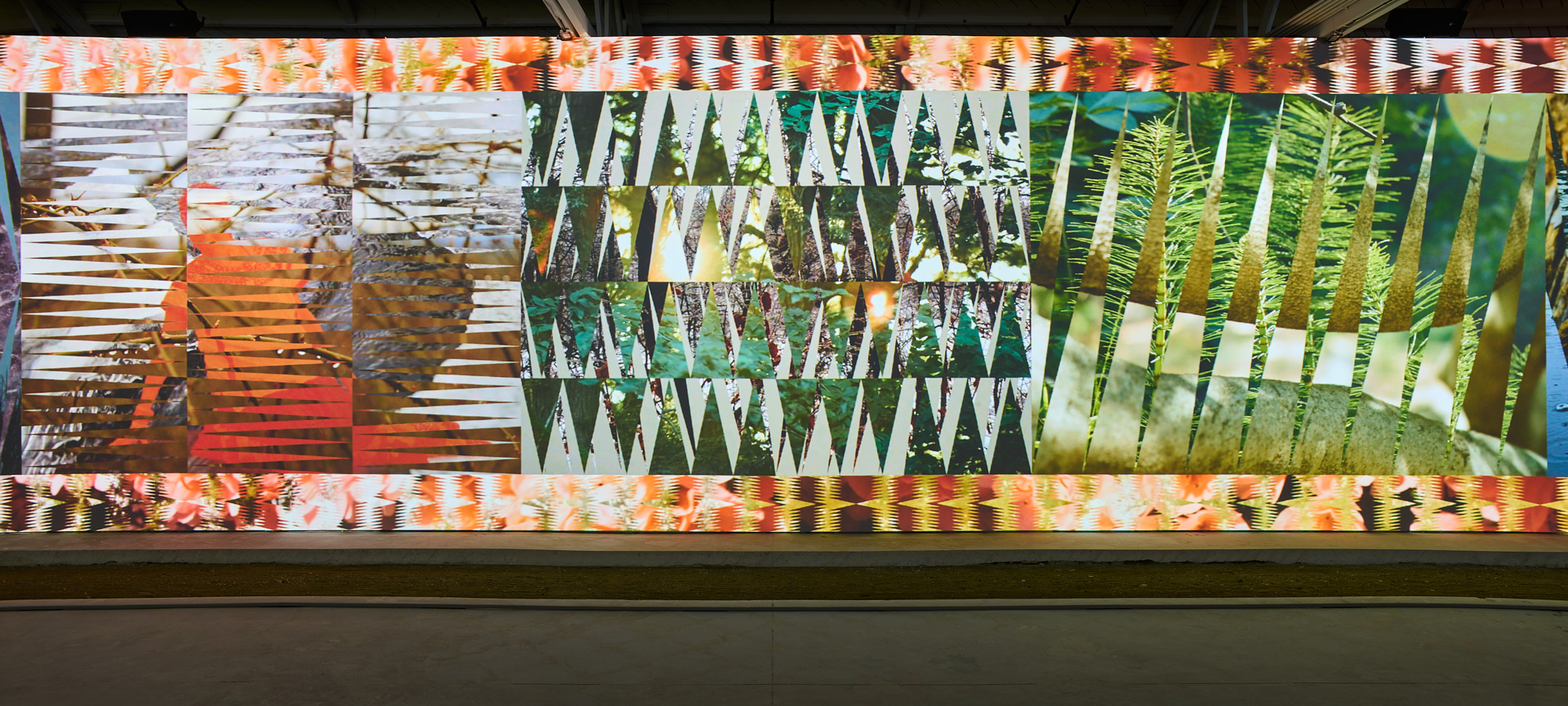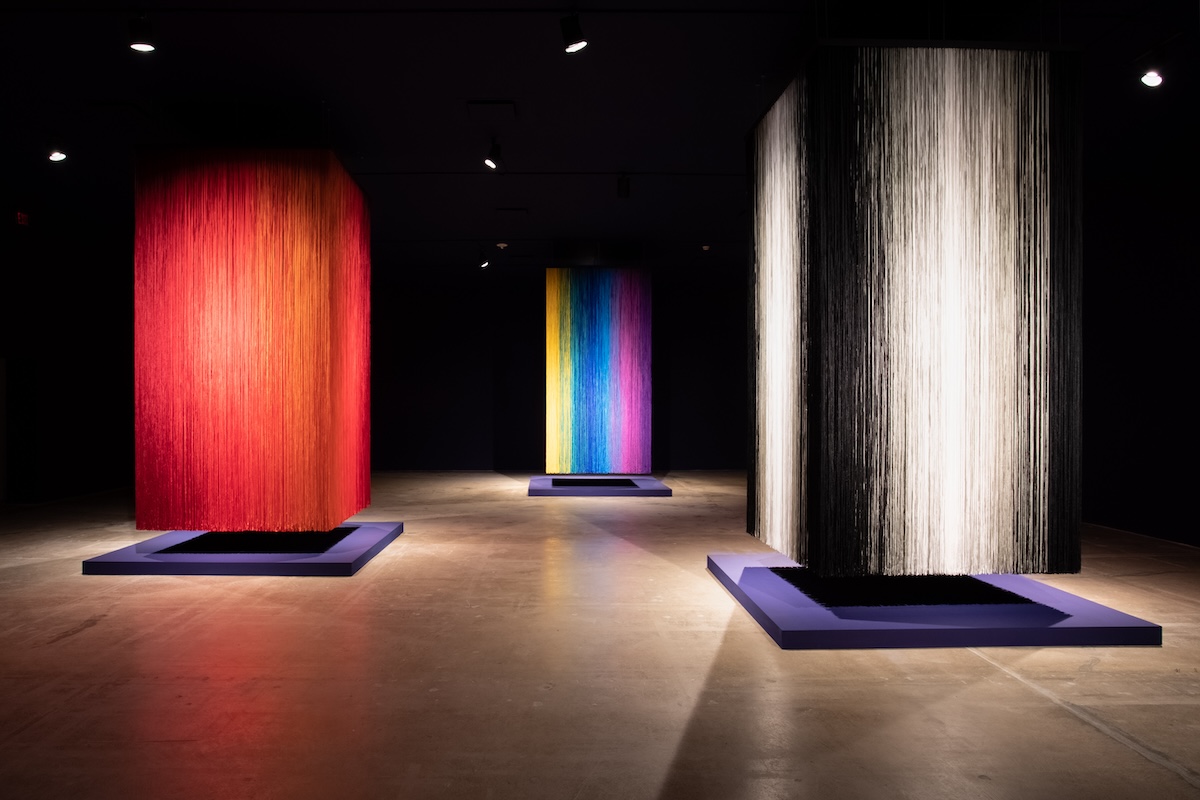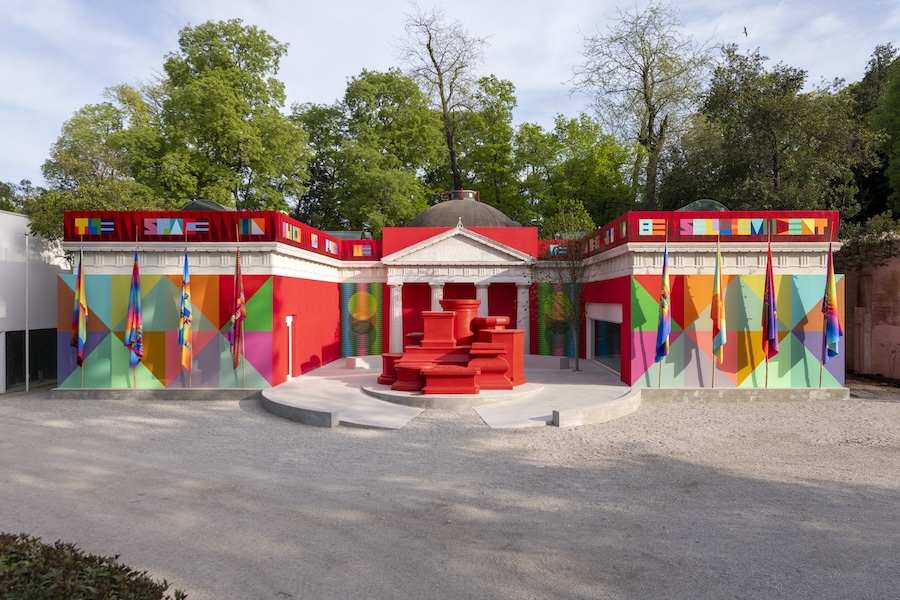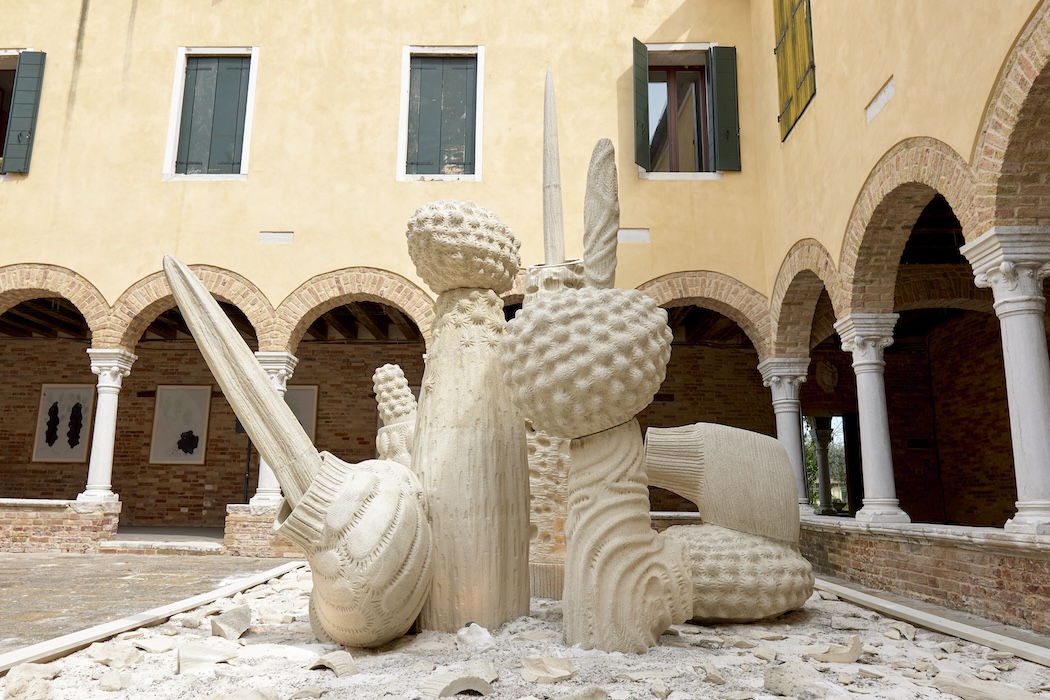Curator, cultural agitator, and director of institutions Jerome Sans embarks on the 60th Venice Biennale with pure curiosity for hidden gems of contemporary art, readily open to going off the beaten track for once-in-a-lifetime discoveries and revelations. Whitewall had the opportunity to speak to Sans—the Co-Founder of the distinguished Palais de Tokyo in Paris, and the Director of the trailblazing Ullens Center for Contemporary Art in Beijing (UCCA)—about the presentations he is most looking forward to, including explorations by Julien Creuzet, Kapwani Kiwanga, Manal AlDowayan, and more.
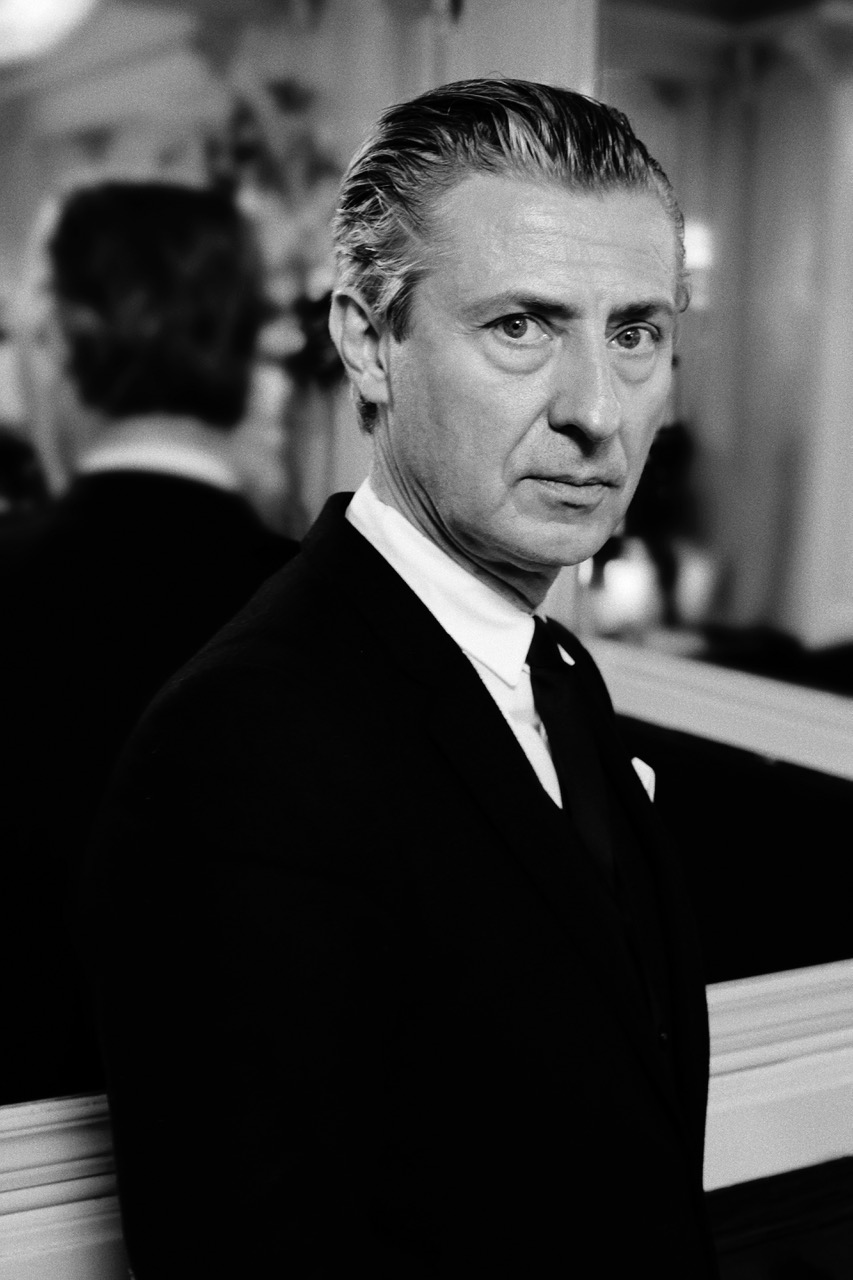
Portrait of Jerome Sans, © Sam Samore, Paris.
WHITEWALL: What brings you to Venice this year for the biennial?
JEROME SANS: The Venice Biennale is undoubtedly by far the most important rendez-vous in international contemporary art. This global event is always a fascinating occasion to better understand the challenges, weaknesses and strengths of our times through a wide range of proposals. It’s the largest concentration of exhibition projects, presentations, launches, and ideas in the world.
The city of Venice is also an incredibly unique, improbable setting, like an island from another era or even planet. One travels back into time when entering the city, as if penetrating into a reversed metaverse. Venice englobes you entirely, in a way that exists in no other city in the world. What’s more, this year’s theme is particularly coherent. “Foreigners Everywhere” represents a topical issue that strongly resonates with today’s world.
“The Venice Biennale is undoubtedly by far the most important rendez-vous in international contemporary art,” — Jerome Sans
WW: Within your role as Artistic Director, what are you looking for while in Venice?
JS: In Venice, you’re looking to be surprised, shocked, bowled over by proposals from artists, both known and unknown, that open up new perspectives. Venice is the place for unlikely encounters. Historically speaking, it’s where you meet the largest number of new artists, a platform for cross-disciplinary, unfiltered encounters.
WW: Can you share the pavilions you’re most looking forward to seeing?
JS: The beauty of Venice is that you never know what is going to interest you. Every time you go, be it in the pavilions inside or those outside the gardens, you discover new artists, new proposals, new projects. It is difficult to say exactly which specific pavilions I look forward to seeing precisely because I go to Venice readily open to go off the beaten track.
That said, I am particularly interested in Julien Creuzet, and am positively curious to see what he will do for the French pavilion. Other pavilions that I am excited about seeing—to name but a few— include: the Canada pavilion which is presenting Kapwani Kiwanga; the Benin pavilion curated by Azu Nwagbogu; the Saudi Arabia Pavilion with Manal AlDowayan; the Nigerian pavilion which is presenting eight artists amongst whom Yinka Shonibare; the American pavilion with Jeffrey Gibson.
More globally, there are so many artists and projects that I have yet to discover, that’s also the exciting part for me. And every year, it is thrilling to see that more and more countries are included in the Biennale and are given their own pavilion. It’s becoming truly international.
WW: Who are the artists in the main exhibition whose work you’re most excited to see?
JS: Once again, Venice is a place to go to and discover new artists. What I am excited about in the main exhibition this year is its focus on lesser exhibited artists and on its less market-driven ambitions. It seems it will be a fascinating edition this year for that reason, because it aims to bring artists that might have been forgotten or overlooked back to the fore and call attention to lesser known artists.
WW: What will you make sure to see outside of the Arsenale and Giardini?
JS: Venice is like a treasure hunt, the cartography of which unfolds ever wider. Sometimes by going somewhere, you find things on the way. That’s what art is all about, letting yourself go, like the metaphor of art as a flânerie. That’s the beauty of Venice, you know you’re always going to miss something because the offer is so substantial.
The Venice Top 6, According to Jerome Sans
1. Julien Creuzet at the French Pavilion
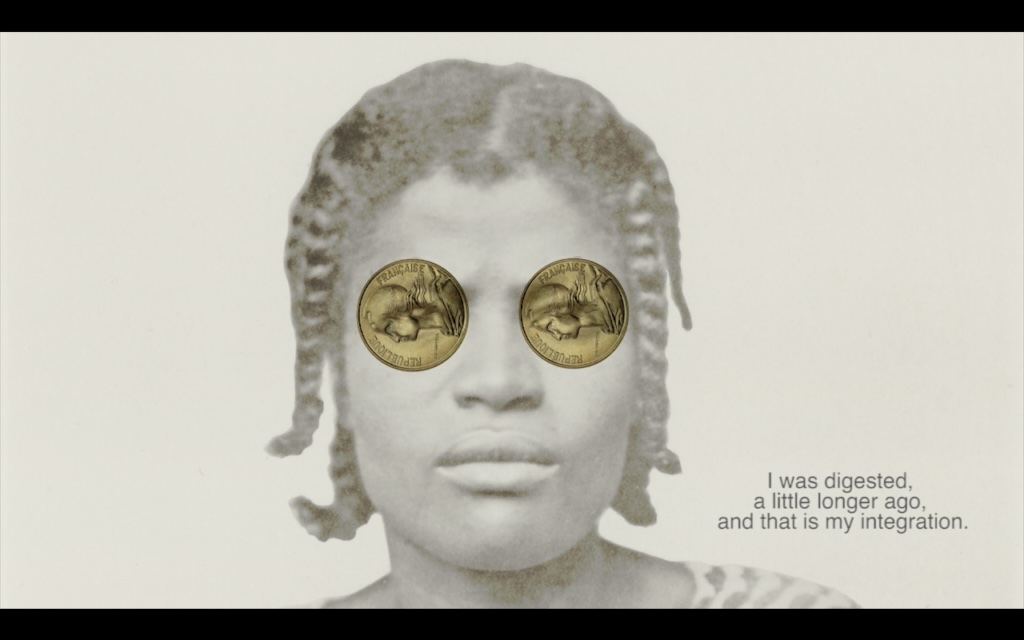
Julien Creuzet, Ricochets, The pebbles that we are, will flow through (…) (Épilogue), View of the exhibition, 2017, at The 2017 Biennale de Lyon; published by Julien Creuzet.
Internationally renowned artist Julien Creuzet is the first Martinique designer to represent France at the Venice Biennale. Creuzet’s project immediately promises a change of scenery. What else can we expect from an intensely poetic work in all its sensitive dimensions? Because it is, in the first place, no more and no less than an immense imaginary bridge, that the artist launches on the ocean, between Martinique and the French Pavilion of the 60th Biennale of contemporary art of Venice. A bridge or rather a thousand branches that connect the imaginations of the Caribbean, Africa and Europe, as he said at the launch of his project, in a press conference in the house of Édouard Glissant on February 6, 2024. — Source
2. Kapwani Kiwanga at the Canada Pavilion
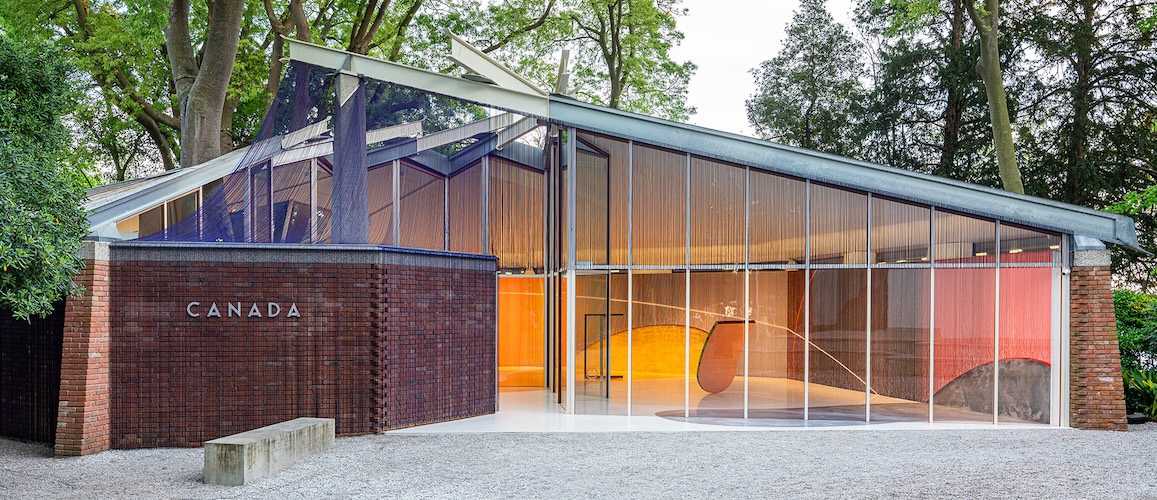
Installation view of the exhibition Kapwani Kiwanga: Trinket, 2024, Canada Pavilion, 60th International Art Exhibition – La Biennale di Venezia. Commissioned by the National Gallery of Canada and supported by the Canada Council for the Arts. © Kapwani Kiwanga / Adagp Paris / CARCC Ottawa 2024. Photo: Valentina Mori; published by The National Gallery of Canada.
Kapwani Kiwanga is a multi-disciplinary artist who considers how diverse forms of power are manifested, how the histories they suppress are often overlooked, and their impact on everyday life. Her works function as experiential archives that offer temporary ruptures in established conventions, allowing audiences to both experience and imagine alternative ways of relating and being. With Trinket, Kiwanga transforms the Canada Pavilion by way of a site-specific sculptural installation. She invites visitors into an immersive environment through an ambitious intervention on the building’s interior and exterior. Viewed from its facade, the building becomes a large-scale tableau where distinctions between inside and outside dissolve through transparency, layering, and transgressing of the building’s original boundaries. — Source
3. The Benin Pavilion, Curated by Azu Nwagbogu
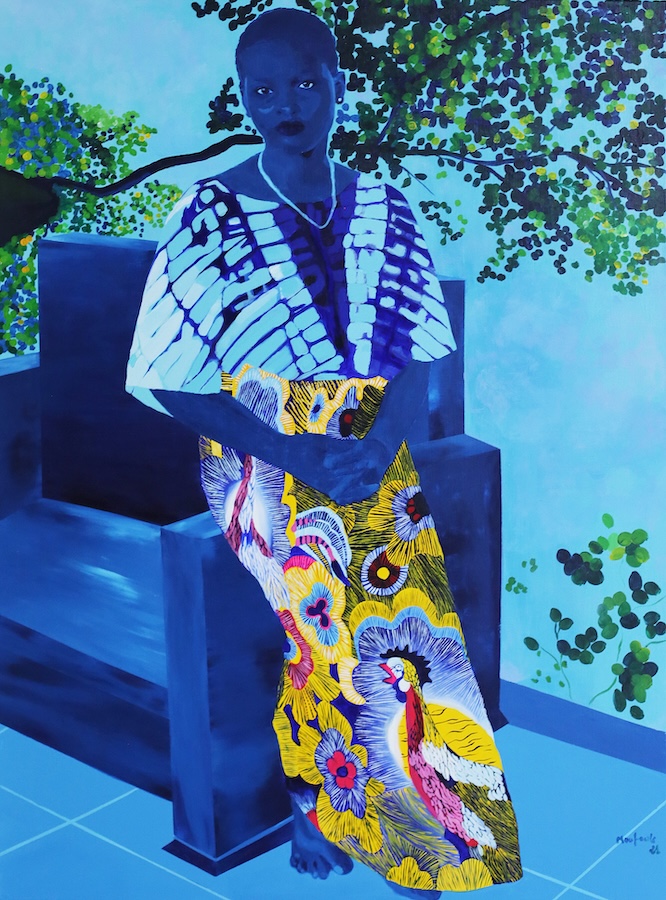
Moufouli Bello, “EYELE,” 2021, 150 x 110 cm., acrylic on canvas; courtesy of the artist.
“Everything Precious Is Fragile” underpins the Benin Pavilion with works of revelatory art that spark dialogue on the horrors of the slave trade, the unique symbolism of the Amazon, and divine elements of the Vodun religion. Renowned curator Azu Nwagbogu, alongside curator Yassine Lassissi and scenographer Franck Houndégla, invites visitors to embark on the profound artistry of Chloé Quenum, Moufouli Bello, Ishola Akpo, and Romuald Hazoumè. The majesty of Beninese feminism unfolds in alluring imagery of female warriors and a rich and sacred cultural landscape, bringing new life to recently returned royal treasures, as well as time-honored modes of living and creating.
4. Manal AlDowayan at the Saudi Arabia Pavilion
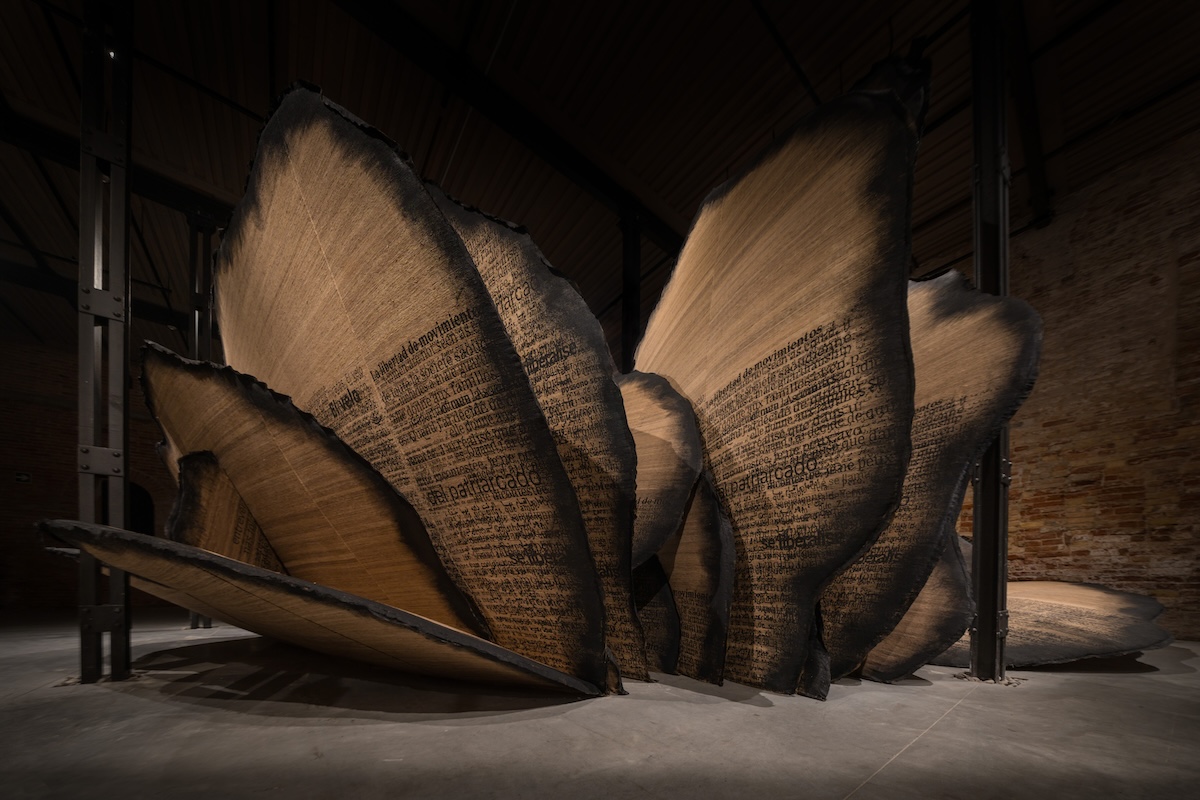
Manal AlDowayan, Shifting Sands: A Battle Song, 2024. Multimedia installation, Tussar silk, ink, acrylic paint. Dimensions variable. Sound, multichannel, 30’48”. Photography by venicedocumentationproject. Courtesy of the Visual Arts Commission, the Commissioner for the National Pavilion of Saudi Arabia.
Manal AlDowayan’s “Shifting Sands: A Battle Song ” brings together the work of over a thousand Saudi Arabian women to represent the country at the Saudi Arabia Pavilion. Over the course of three workshops in Al Khobar, Jeddah, and Riyadh, women of all ages created the singing recordings, texts, and drawings that are featured in AlDowayan’s project. AlDowayan encouraged the women to reflect on their visibility and invisibility in global media and the evolving role of women in Saudi Arabia.
5. The Nigeria Pavilion, including Yinka Shonibare
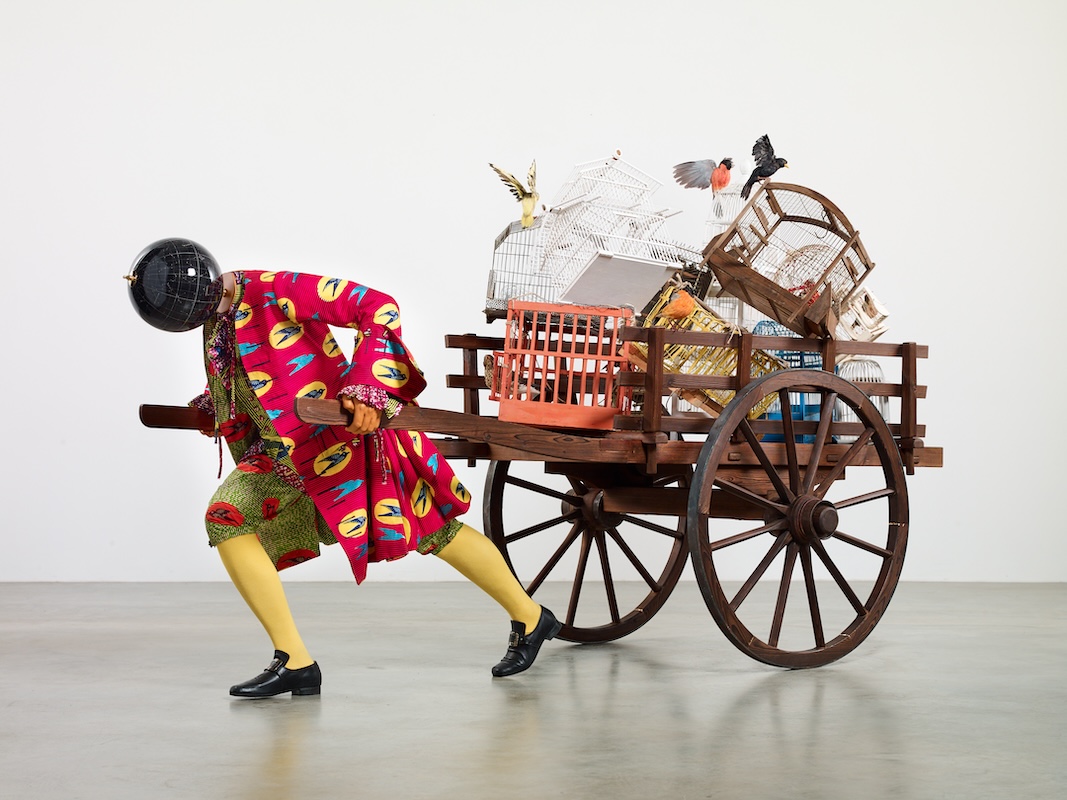
Yinka Shonibare CBE RA, “The Bird Catcher’s Dilemma,” 2019 – 2020; photo by Stephen White & Co. Collection of Salzburg Museum, Austria, © Yinka Shonibare CBE RA, courtesy of the artist and Stephen Friedman Gallery, London and New York.
For Nigeria’s second participation in the Venice Biennale, the comprehensive exhibition “Nigeria Imaginary” will unveil a parade of site-specific artworks created by a dynamic group of cross-generational visionaries. Within the majestic Palazzo Canal in Dorsoduro, Aindrea Emelife, Curator of Modern and Contemporary Art at MOWAA, the Museum of West African Art in Benin City, Nigeria, unites the work of Tunji Adeniyi-Jones, Ndidi Dike, Onyeka Igwe, Toyin Ojih Odutola, Abraham Oghobase, Precious Okoyomon, Yinka Shonibare CBE RA, and Fatimah Tuggarfor a riveting exhibition by cutting-edge creatives of Nigeria and its Diaspora.
6. Jeffrey Gibson at the US Pavilion
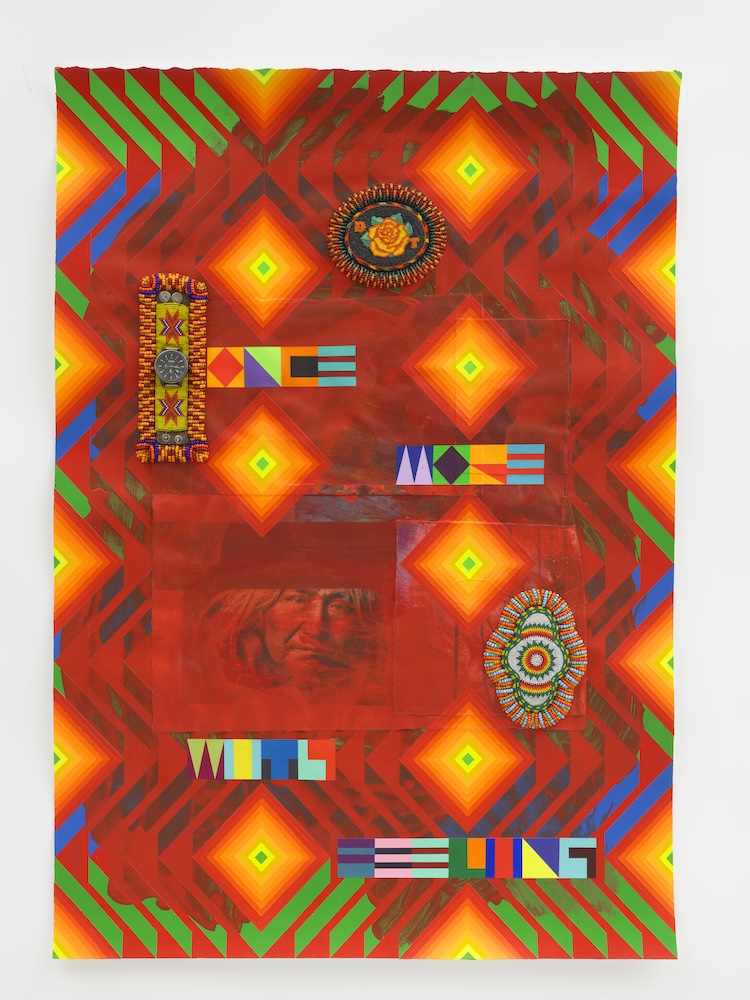
Jeffrey Gibson, “ONCE MORE WITH FEELING,” photo by Max Yawney, courtesy of the artist.
Interdisciplinary artist Jeffrey Gibson uplifts Indigenous, Queer, and American historical narratives alongside music and pop culture references in “the space in which to place me.” The immersive and symphonic exhibition is the inaugural solo show by an Indigenous artist at the Biennale. Commissioned by Kathleen Ash-Milby, Louis Grachos, and Abigail Winograd, and presented by Portland Art Museum and SITE Santa Fe, kaleidoscopic multimedia paintings, sculpture, paintings on paper, and video works meditate on the nuances of personal and collective identities. Invoking two decades of artistic, social, and cultural exploration, Gibson’s enigmatic title pays respect to Oglala Lakota poet Layli Long Soldier’s captivating poem Ȟe Sápa, and upon opening day a dance program on-site will feature rapturous performances by the Colorado Intertribal Dancers and Oklahoma Fancy Dancers.



